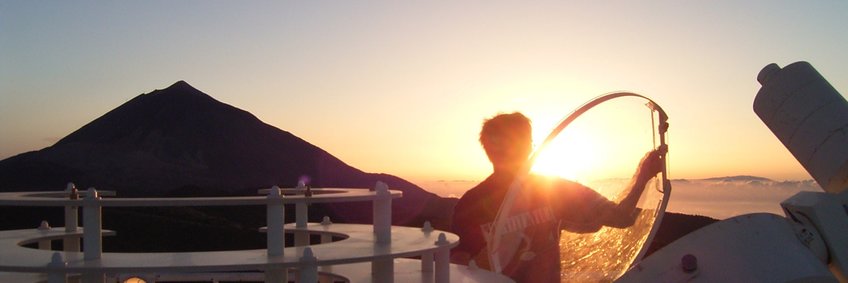Journal Article
del Pozo, C. F.; Williams, P. J. S.; Gazey, N. J.; Smith, P. N.; Honary, F.; Kosch, M.: Multi-instrument observations of the dynamics of auroral arcs: a case study. Journal of Atmospheric and Solar-Terrestrial Physics
64 (15), pp. 1601 - 1616 (2002)


